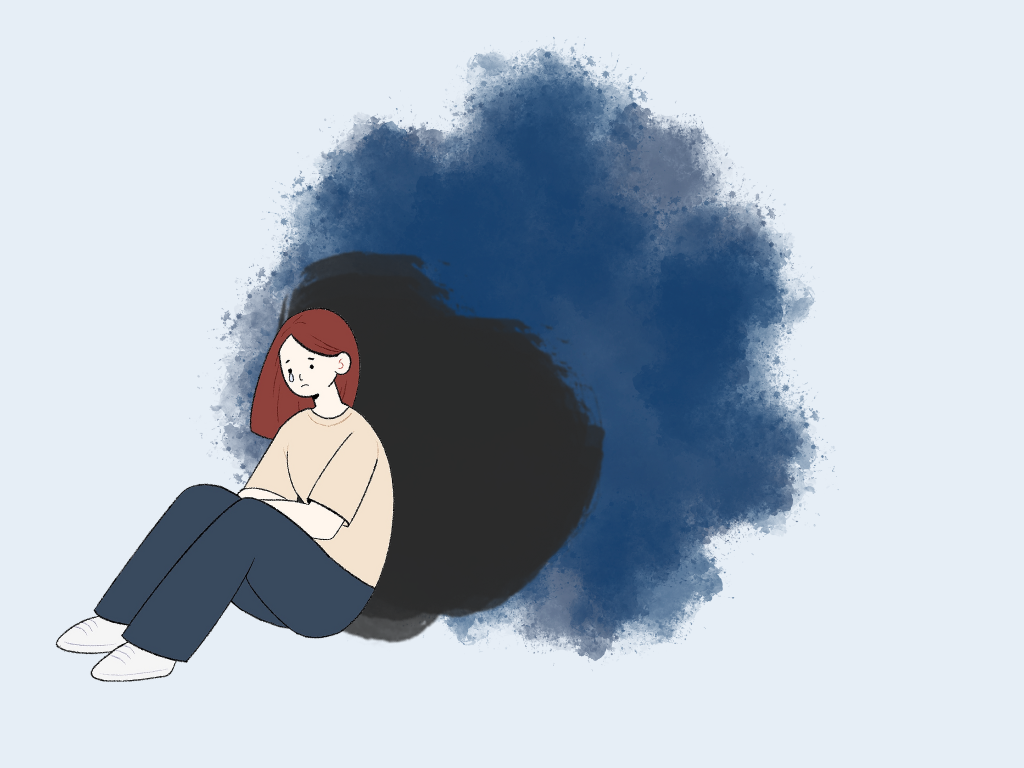In our last post, we talked about what trauma really means: how it’s not just the event itself that impacts us, but how the mind and body react when something feels too overwhelming to process.
We also explored how trauma’s effects can reach beyond the person who experienced it, impacting those who care for or support them, a response known as secondary trauma.
We are now shifting our focus to healing: a look into how we can start to rebuild a sense of safety, release what the body has been holding, and begin to move toward calm and balance.
The body really does keep the score
We often hear clients say, “I understand it in my head, but I still don’t feel better.”
It is such a common and deeply human experience, knowing on a logical level that something is over, yet still feeling its weight in the body. This can be incredibly frustrating because we might tell ourselves, “I should be past this,” or “I know it wasn’t my fault,” and still find our bodies reacting as though we are unsafe in the present moment.
This response happens because trauma doesn’t just live in the mind, it lives in the body. When we experience something overwhelming, our body steps in to protect us and our nervous system moves into overdrive, activating the fight, flight, or freeze response.
While this automatic response can protect us in the moment, the body doesn’t always recognize when the threat has passed, and the challenge is that even after the event is long over, the body can remain in that heightened state.
Over time, remaining in this heightened state can cause chronic health issues and symptoms such as: muscle tension, gut issues, headaches, fatigue, anxiety, or emotional numbness. These are not signs of weakness; they are signs of how hard your body has worked to keep you safe.
This is why healing has to include the body, not just the mind because we can’t simply think our way out of trauma, we have to feel our way through it.
To truly feel our way through trauma, we have to allow ourselves to notice what’s happening in our bodies: the sensations, emotions, and patterns we have learned to avoid. This can be incredibly difficult, however, as our human instinct is to not feel pain because blocking these feelings can seem safer than facing them.
Why Avoidance Keeps Us Stuck
Avoidance is one of the brain’s natural ways of coping with pain. When something feels unbearable, it makes sense to push it away, to not think about it, talk about it, or feel it. In the short term, avoidance can help us survive. But over time, it keeps the pain quietly alive beneath the surface. As Bessel van der Kolk (2014) reminds us, “As long as you keep secrets and suppress information, you are fundamentally at war with yourself.”
Avoidance can feel like it is offering temporary relief, but it also keeps us disconnected from our feelings, from others, and from ourselves. Healing begins when we find the courage to face what’s there, not all at once, but slowly and safely, at our own pace.
What healing can look like
While the healing journey looks different for everyone, to support our clients, we often draw from approaches like:
- Trauma-focused CBT, to rebuild a sense of control and challenge old beliefs
- Emotion-focused therapy, to explore feelings that were once too painful to face
- Mindfulness and self-compassion, to meet pain and shame with gentleness
- Somatic work, to help the body release what it’s been holding
Together, these approaches help integrate both mind and body, allowing healing to unfold at a pace that feels safe.
To support you on your healing journey, we have included a few helpful tools below, that you can try at home:
We are here for you
If any of this resonated with you, please remember that while recovery takes both time and courage, it is absolutely possible.
At Serebro Health, we are here to walk alongside you as you begin to feel safe in your body again, rebuild trust, and rediscover moments of joy.
Healing happens through connection, not isolation.
We are here, when you are ready.







